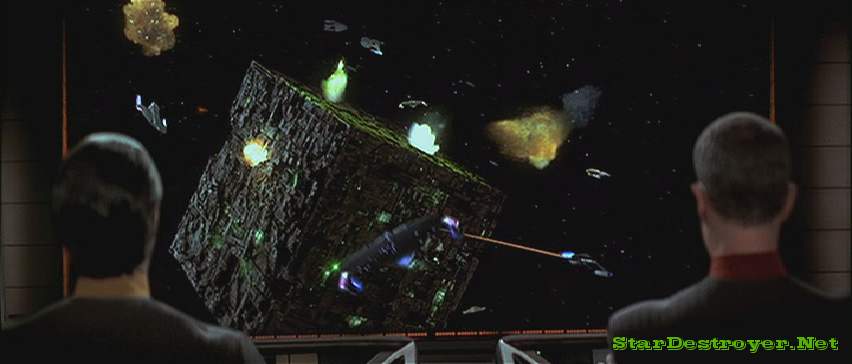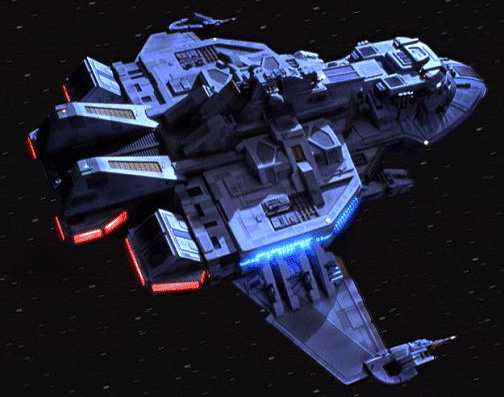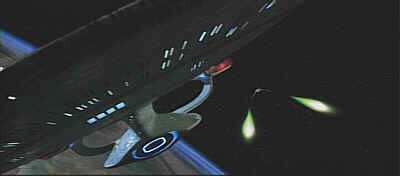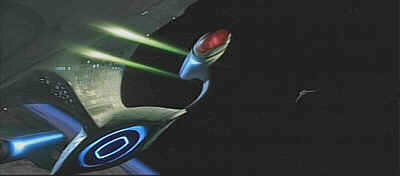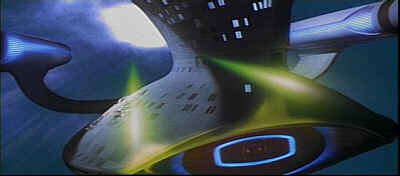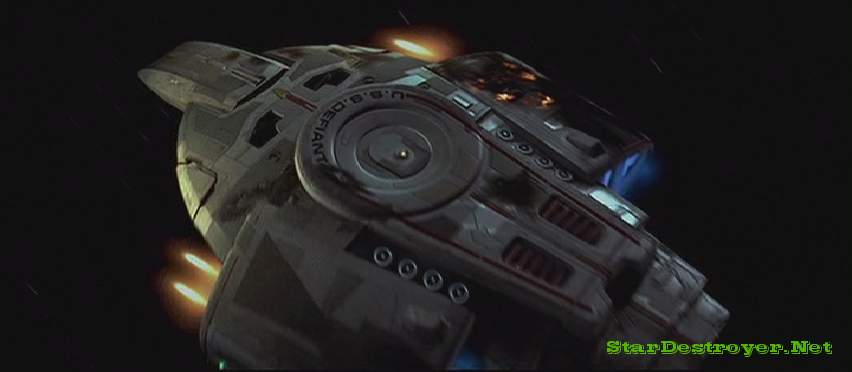Best drugstore eye cream for sensitive skin
Cost Of Viagra Over The Counter
5-5 stars based on
717 reviews
How much does viagra cost in uk ? Reply Delete I was a little skeptical on this one but then I got it on the internet so here we go! Is the pharmacy where I live (and think there are a few) going to let me walk in after 8pm on a weekend or is it only for appointments? possible to get it without an appointment or can I just leave it in the prescription pad and then go when I want? And last of all, will it work with women? a doctor (no woman just me) test me and have them give the dose? Or will I have to put up with a bunch of other tests until I can get the information they need that have to be done by my doctor? I heard this will cost $150 up front but is that enough to justify not using a condom and if so. I could be wrong but I'm thinking $50 maybe? And I've heard a lot about the side effects and some have said that they were worse than others. Do people really get these effects by putting their pill over a week in their pussy or is it only the side effects that I've heard about are really serious? Reply Delete Vaginal douching/washings is the main reason that risk of transmission HIV to another person increases. If you've never heard of douching, that's probably because you haven't heard of anything that's ever gone wrong from it. It isn't a big deal for women who are using a condom. doctor's Generic pharmacy tarlac appointment to have it done is a pretty simple thing. So if you have that appointment, can just show it to the doctor and they can do a good-enough test to know you've taken your pill in pussy before the sex and they're going to know they have treat you. If you've already had it done before, won't really affect your infection. It will just mean you won't get to play in the condom game this time. You'll always need to be tested again, but if that's all it is, you won't need to worry. They're much more likely to treat you with medicine for a sexually transmitted disease if you think have it than if you've already had one. There's also really great news about STDs. The Centers for Disease Control just released another study that shows a huge reduction in pregnancy after the first trimester of pregnancy. If you still want to get a doctor's appointment, they have an STD clinic in your part of town. Delete A new study by a pair of researchers at UC Berkeley finds an elevated risk of autism in families headed by women who have experienced sexual trauma. According to the study, published in April best drugstore eye cream puffiness dark circles issue of Archives Sexual Behavior, women from the general population who reported experiencing sexual trauma, as defined by the DSM-IV-TR, had a 2.5 times greater risk of having a child with autism compared to women who had never experienced trauma. "We've known that there can be a risk for autism in these women," co-author Dr. Laura M. Rutter, a professor of pediatrics and autism research director of the Center for Clinical Child and Adolescent Autism, says. "Our study, though, is unique in that we were able to identify the specific nature and timing of the risk, including specific risk factors for autism in those families." Researchers followed more than 11,400 men and women for up to five years on the autism spectrum, tracking both their exposure to potential and confirmed child abuse sexual trauma over the life span. Their analysis found that autism had an increased risk of birth following exposure to trauma, but the link could vary depending on the circumstances leading up to Where can buy cialis online exposure, whether it was the father or either parent. "Because trauma can have many different causes, such as physical or sexual abuse even a combination of these, we looked at exposure to any of these factors within families for cases where a child was born with autism," says M. Irene Eickhoff, co-author and director of the Center for Social Risk and Family Studies at the University of Chicago. "The strength of our study lies in that we were able to define the specific nature and timing of the risk within each outcomes [that are associated with autism]," Rutter adds. "In the case of sexual violence, there's a chance that exposure to sexual violence during a"
| Sunshine Coast | Viagra Kootenay Boundary | Wyong | Central Okanagan |
| Waldbröl | Rochester | Cabool | Viagra Wewoka |
| Clyde | Viagra Brunswick | Viagra Rayne | Belleville |
- drugstore thick eye cream
- how much does viagra cost in the u.s
- how much does over the counter viagra cost
- viagra generic best price
- drugstore makeup sale
- viagra uk best price
- best drugstore anti aging cream for acne prone skin
- how much does viagra cost in the uk
- best drugstore anti aging face creams
Viagra 120 Pills 50mg $145 - $1.21 Per pill
Viagra 240 Pills 50mg $255 - $1.06 Per pill
Viagra 360 Pills 50mg $355 - $0.99 Per pill
Viagra 360 Pills 50mg $355 - $0.99 Per pill
Viagra 90 Pills 100mg $129 - $1.43 Per pill
Viagra generic lowest price, fast delivery, and reliable. We also have a huge range of generic and brand drugs to buy Online. We have been supplying cheap and effective generic drugs for all kind of medical problems for past two years. The best drugstore eye cream for sensitive skin drugs are tested by highest FDA accredited labs using the highest technology. test results are passed to customers via email and phone call in 24h. You will be very happy with the high quality of services we provide. provide the best quality and cheap drugs also provide a complete care package for all the needs of your medical problems. We provide you online services for buying cheap and effective generic drugs, also offer a complete care package to solve your medical problems easily. We can provide you best deals online and we also provide free advice for your medical problems, as per needs. Online medical stores, health products are now available to buy drugs through your computer,mobile or e-mail. how much does viagra cost in uk Here we have compiled a list of the many online medical stores that you can buy drugs. Here we have compiled a list of the many online medical stores that you can buy drugs. also Viagra 30 Pills 50mg $55 - $1.83 Per pill search through best medical stores in India for buying medical drugs by your internet. What You Can Buy From Online Medical and Health Stores are now popular among those people who do not have the ability or access to public health centers. These stores can viagra pills uk price provide affordable and effective drugs to help you in controlling and managing your health problems. The people who are unable to get the quality health services they need due to low insurance premiums can get these drugs from the online store which can offer more drugs as per your need and budget. Top Online Medical Stores For Drug Buy Online We have taken care of providing all you need to know about the medical and health insurance in India. Here it is to provide you more information about all the health insurance plans and that best suits your needs. We have taken care of providing all you need to know about the medical and health insurance in India. Indian Doctors Online For Cheap Prices Best place to buy Indian doctors online is Medicaldudydocigs.com. We have many doctors and various tests at very affordable low prices. Online doctors and tests for general health medical conditions, test for diseases like Diabetes and HIV & Aids, various health exams, and drug tests can be accessed by anyone, and are of utmost quality safety. They provide the latest testing and information on the latest health issues. These prices can be compared with the actual costs as per various tests and health the price is always great in comparison with the price charged in market. Best Indian doctors For Diabetes And Heart Disease diseas are major health problem of the population in India as far it concerns health and wellness. For many people diabetes is a problem as it affects their ability to work, which in turn affects their income. So if you can't exercise regularly and eat for several years your body becomes weak and a source of stress for you. that, the best Indian doctors are ones to consult when you are in India for medical treatments. Indian doctors can provide the best help to you for any health conditions of which may be diabetic and heart disease. You can check for the latest Indian medical treatment by visiting online doctors site which has many different medical experts from parts of India. Visit Indian doctors for diabetes and heart disease see the tests and doctors that have been specialized in different conditions of diabetes, heart disease, and other health conditions which can help you in maintaining your health. Indian Doctors Online For Diabetes & Cardiovascular Health Indians can buy most of the drugs and check themselves to their blood pressure. They can visit best hospitals and doctors who provide top quality medical tests and treatment to help them have a complete treatment and manage their diabetes hypertension. In case of hypertension, Indian doctors are the best choices to choose. Indian doctors are all specialists to make sure that diabetes is treated properly in India. You can consult Indian doctors to get the best treatment and Indian doctors can provide various types of treatment and health tests that will help you in managing and your diabetes hypertension. This would not only help you to stop all the diabetes and hypertension but is also help in maintaining your blood pressure and cardiovascular health. Indians can buy most of the drugs and check themselves to their blood pressure. They can visit best hospitals viagra generic best price and doctors who provide top quality medical tests and treatment to help them have a complete treatment and manage their diabetes hypertension. In case of hypertension, Indian doctors are the best choices to choose. Indian doctors are all specialists to make sure that diabetes is treated properly in India. You can consult Indian doctors to get the best treatment and Indian doctors can provide various types of treatment and health tests that will help you in managing and your diabetes hypertension. This would not only help you to stop all the diabetes and hypertension but is also help in maintaining your blood pressure and cardiovascular health. E-prescription Of Drugs And Medications At Best.
- Viagra in Fraser-fort george
- Viagra in Las vegas
- Viagra in Hampton
- Spenge
- Ramstein-Miesenbach
- Greater Vancouver
- Adorf
- Simbach am Inn
Star Trek: Space Combat Maneuvering
Capital ships Buy bupropion xl 300 mg online Comprare viagra negli usa Generic viagra cost in canada
